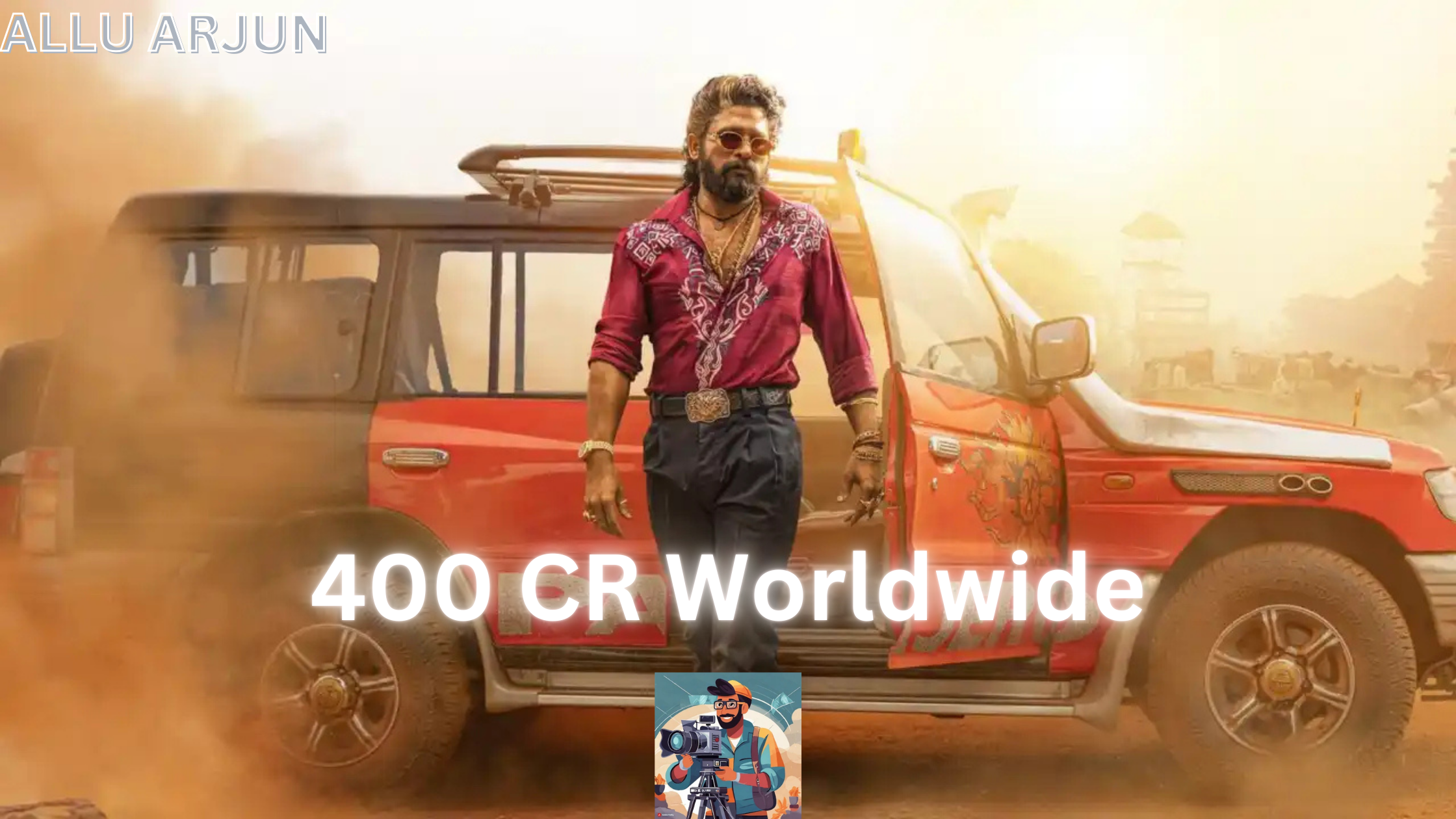Unless you’ve attended film school or extensively watched tutorials on YouTube, there may be aspects of filmmaking that are unfamiliar to you. These often include specific terms, textbook definitions, and industry slang.
If a term is mentioned in a video, you can typically look up its meaning easily… unless you’re on location for a shoot, collaborating with another filmmaker, or working with a freelance client.
The same principle extends to video editing terminology as well. While editing is often a solitary task, being familiar with commonly used terms will enhance your proficiency and provide insight into how other creators approach their video editing process.
A well-known individual once remarked that knowledge is power. Just like with anything else, acquiring new skills will only benefit your channel and the video content you create. Embrace this mindset in video editing, and you’ll soon notice significant enhancements in the quality of your video content.
It all starts with the fundamentals: video editing terms you’ve likely encountered but may not fully comprehend. By the conclusion of this article, you’ll hopefully grasp the meaning of each term and determine whether you want to explore tutorials to master these concepts.
The significance of post-production for YouTube videos cannot be overstated, especially considering the platform’s competitiveness. A straightforward approach is to familiarize yourself with some of the most prevalent video editing terms and understand what they signify for content creators.
Each of the following terms will be defined in a manner that avoids sounding overly academic. Visual illustrations will accompany most of them. This approach aims to provide you with everything necessary to understand and seamlessly integrate these terms into your video editing workflow.
Aspect Ratio
If you’ve ever attempted to edit footage from two different cameras or a camera and a phone, you likely understand the significance of aspect ratio in video editing. You’ve probably encountered 16:9, which has become a ubiquitous aspect ratio compatible with most devices.
Aspect ratio simply denotes the relationship between the width and height of a display, screen, sensor, camera, lens, or your footage. Maintaining consistent aspect ratios ensures that your video retains its intended size and avoids being distorted into an odd shape or stretched into an excessively wide format.
B-roll
B-roll is a popular term in YouTube content creation circles, but many filmmakers often take its practical importance for granted.
In essence, B-roll is supplementary footage used to set the scene or maintain viewer interest. It’s like support footage, such as cutting away from a living room interview to a shot of the building exterior. Here’s an example of what that looks like:
Color grading
This term represents half of the coloring process. Color correction, as the name suggests, involves adjusting the color and exposure of footage to make it appear accurate, or as close to “real life” as possible. It’s about establishing a foundation for visual realism.
Color grading, on the other hand, focuses on realizing your creative vision. Editors specializing in color grading infuse the footage with so much style that it adopts a new tone and vibe, independent of the camera cuts, on-screen action, or audio tracks.
This is one of the video editing terms you definitely want to see in action:
And yes, if you’re capturing and incorporating B-roll into your project, you’ll want to ensure it’s color corrected and graded to maintain a consistent composition throughout.
Color temperature
While we’re discussing color, let’s take a step back and address the topic more broadly.
You’ve likely observed how certain lights or times of day can make footage appear warm or cool. Without delving into the detailed scientific explanation, just keep in mind that the color temperature of lights creates a psychological impact on viewers.
Color temperature is measured on the Kelvin Color Temperature Scale, which reflects the intensity of a light source and indicates the “color” or tone that the light will produce.
That’s why understanding color temperature is crucial—so you can master this aspect of visual storytelling. Fortunately, most popular video editing software includes built-in coloring tools, allowing you to handle color correction and grading within the same workflow you use for cutting footage and making other edits.
Establishing shot
An establishing shot serves as a first impression, but unlike a single occurrence per video, you can include as many as needed. These shots introduce locations, characters, props, or even themes.
Since this term is quite straightforward, instead of a detailed description, here’s a compilation of establishing shots from movies you’ve likely watched:

















